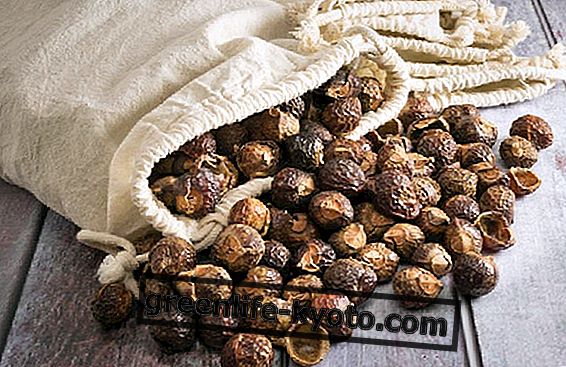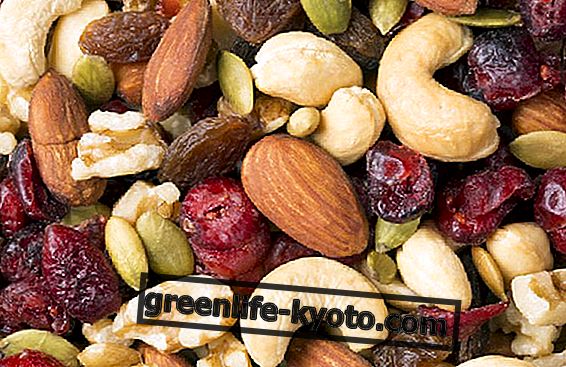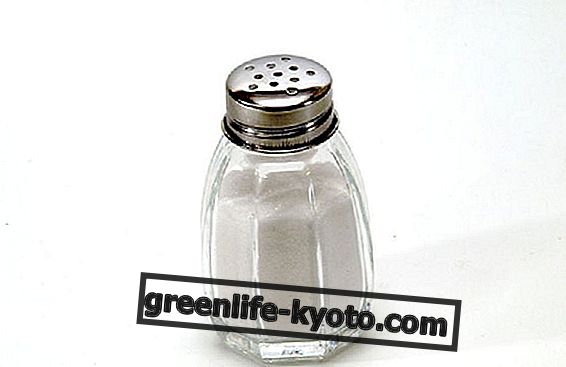Opal: description
Mineral class: oxides.
Chemical formula: SiO2 + H2O
The opal is a hydrated silicon oxide and can contain up to 20% water. The typical iridescence refraction phenomenon called opalescence is due to the interference of the light generated by the regular arrangement of silica beads similar to that of crystals.
Opal formation takes place by slow geological deposition of a low-temperature colloidal silica gel . Depending on the presence of other minerals within it, certain varieties are identified which are distinguished by different colors, including: noble opal (the most valuable, which presents the phenomenon of iridescence), common opal (opaque and translucent), chrysopal, opal of fire, green opal, pink opal, black opal and milky opal .
CRISOPAL: SiO2 + H2O + Cu (copper), color: green, blue green
FIRE OPAL: SiO2 + H2O + Fe (iron), color: red, orange, yellow
GREEN OPAL: SiO2 + H2O + Fe, Ni (iron and nickel)
PINK OPAL: SiO2 + H2O + Mn (manganese)
BLACK OPAL: SiO2 + H2O + C, Fe (carbon and iron), color: black, iridescent
OPAL LATTEO: SiO2 + H2O + Ca, Mg (calcium and manganese), color: white, iridescent
Opal : element
The opal contains the power of all the elements and their respective characteristics: the energy and the force of the Fire ; the prosperity, peace and well-being of the Earth ; intuition, emotions and the sensitivity of water ; communication and creativity of Aria .
Opal: chakra
Fire opal: s and second Svadhishthana chakra ("Abdomen")
Noble opal and all other varieties: fifth chakra Vishudda ("Gola") and sixth chakra Ajna ("Front or Third Eye")
Opal : mythology
The opal name has a common root in the Sanskrit upala, in the Greek opallios and in the Latin opalus meaning "precious stone".
Numerous quotations show that this stone has been appreciated by different cultures over the centuries. The Roman scholar Pliny describes the opal as having " the fire of garnet, the bright purple of the amethyst and the sea-green color of the emerald, all sparkling together in an incredible union". The Romans worshiped him as the symbol of hope and purity . At that time it was thought that those who wore it were protected from disease.
In ancient Greece it was believed that opals had the power to confer foresight on those who wore them. According to Greek mythology, it was created by Zeus happy for the defeat of the Titans, while according to the Indian one it represents the Rainbow Goddess turned into stone while trying to escape some of the gods who bothered her.
The Eastern peoples had a great esteem for this gem considered sacred because it contained the spirit of truth . The Arabs believed that the opal fell from the sky in flashes of light and that in this way it acquired its splendid colors.
Among the Westerners, the Elizabethans were among the most ardent admirers: "this miracle was the queen of gems", writes Shakespeare in Twelfth Night. In Marlowe's Jew of Malta, the inventory of a treasure begins: "bags of fiery opals, sapphires and amethysts, hyacinths, topazes and grass-green emeralds".
Opal: effect on the body
The opal has a general beneficial effect on health, especially on the joints . Activates vital functions and helps the heart to beat regularly and with serenity (especially the pink opal ). It relieves disorders of the digestive system and rebalances the nervous system (especially the noble opal ).
The fire opal stimulates the vital energy and is therefore useful for weak and apathetic persons.
Opal: effect on the psyche
The opal inspires joy of life and stimulates the desire for change, therefore it is particularly suitable if important decisions are to be taken. Promotes optimism and sexuality .
The opal stimulates intuition and communication and gives inner clarity (especially the noble opal ). But it is not a stone with an energy that is easy to manage: as it is closely connected with the planet Neptune and dedicated to truth and altruism, it is useless to try to use it if you pursue selfish or destructive purposes.
The opal makes one happy, carefree and spontaneous. It helps to transform negative feelings such as envy, greed and fear and to break the rigidity of mental patterns.
Especially the fire opal is useful for depression and to strengthen the will .
The pink opal instead acts in harmony with the feelings of a quiet life : love, harmony, serenity, sweetness, peace, freedom.
Opal: method of use
The opal can be unloaded after use under running water.
To obtain visible effects on a spiritual level it is advisable to bring the stone with you in close contact with the skin. The noble opal can be placed on the third eye when meditating or placed under the pillow during the night: it develops psychic sensitivity, promotes perceptions and dreams.
Warning: due to its high water content, it must be kept away from heat sources .













